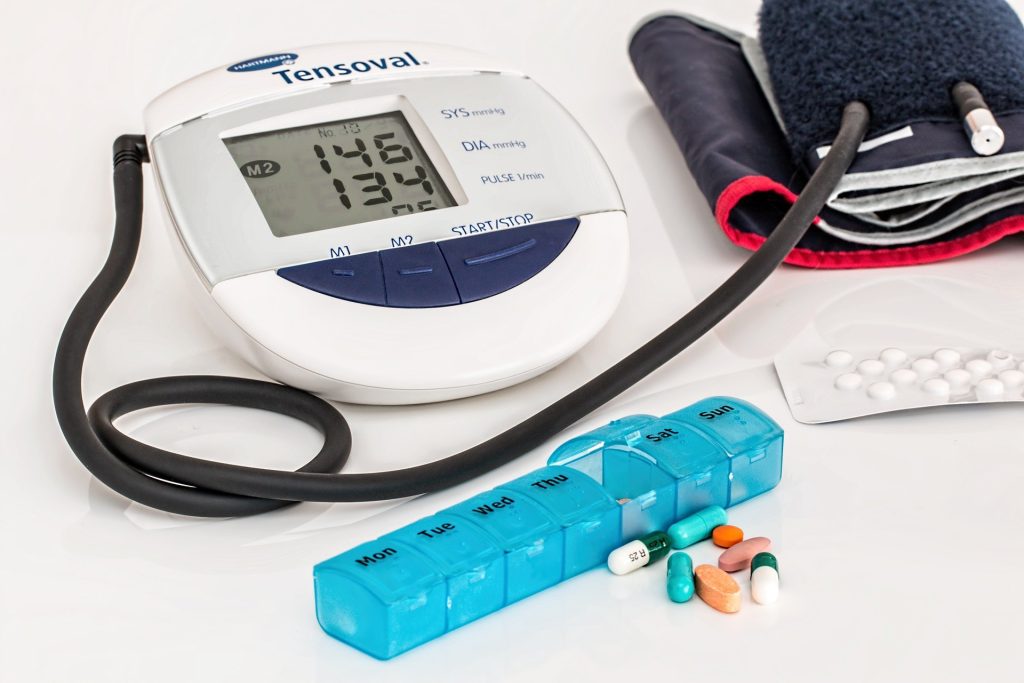School Closures in NC and All School Contact Sports Suspended

As South Africa awaits an impending third wave, twenty-eight schools in the Northern Cape have had to close as a result of COVID cases this month, while all school contact sports are being suspended.
While infections are on the rise in most provinces, Northern Cape has 314 patients in hospital with COVID, according to information from the National Institute for Communicable diseases.
“Since 1 May we can report that 28 schools in the Province have been directly affected due to COVID-19 cases,” the department said in a statement on Wednesday.
The department said that those schools were closed for disinfecting and those who were infected with COVID were isolated.
“To date, 13 schools still remain closed and will reopen once it is safe to do so. The department also recorded from 1 May to date, 124 positive cases that were reported at schools thus impacting on valuable learning and teaching time being lost.”
Four schools in the small town of Calvinia were also closed earlier this year to contain rapidly spreading COVID infections.
The provincial education department’s Geoffrey van der Merwe called on communities to be even more vigilant and follow COVID safety protocols.
“District offices developed recovery plans for these schools to ensure that the academic performance of learners are not negatively affected,” he said.
Since the second phase of the programme kicked off this week, a mere 329 people in the province have so far received a COVID vaccine shot. So far approximately 9500 healthcare workers in the Northern Cape have been vaccinated.
No more rugby
Meanwhile, all contact sport at South African schools has been suspended with immediate effect.
This was decided on by the Council of Education Ministers in a virtual meeting held on Wednesday morning .
However, the Department of Basic Education said non-contact sport training in schools could continue, on the condition that all social distancing, hygiene and safety measures would be adhered to and that there was no physical contact between participants during training.
Source: Eyewitness News






